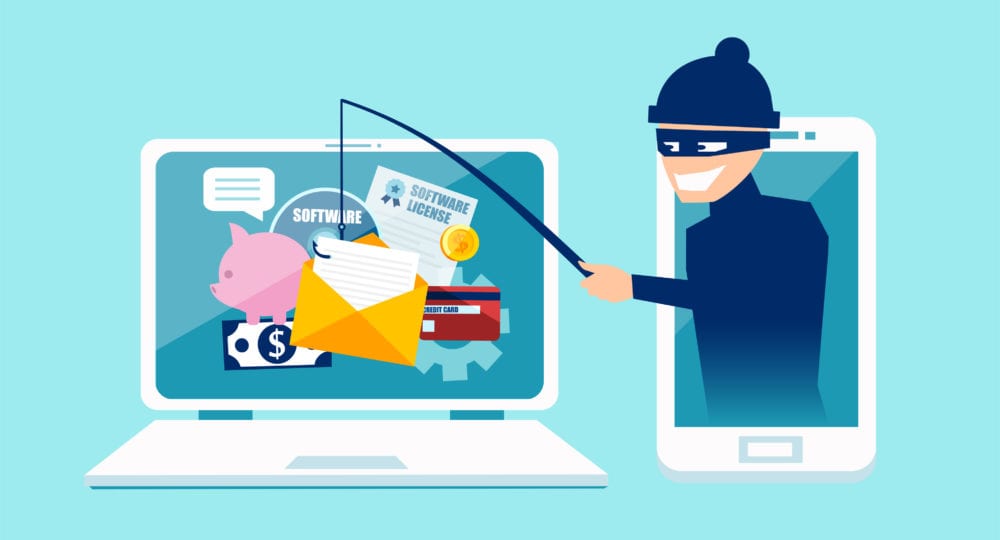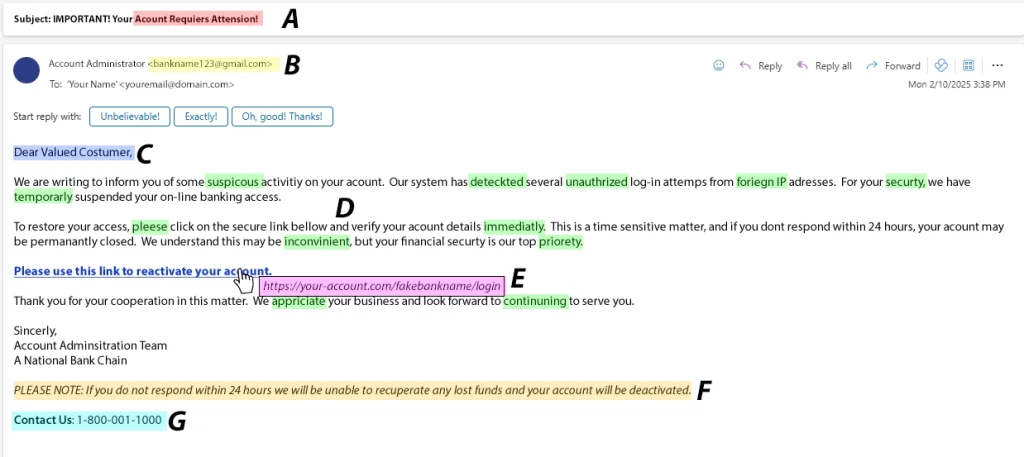
Navigating the Treacherous Waters of Scam Emails
In today’s digital age, email is a ubiquitous tool for communication. Unfortunately, it’s also a prime avenue for scammers looking to exploit unsuspecting individuals. Scam emails, also known as phishing emails, are designed to trick you into divulging sensitive information like passwords, bank details, or credit card numbers. Falling victim to these scams can have devastating consequences, from financial loss to identity theft. This blog post will delve into the dangers of scam emails, provide real-world examples, and equip you with the knowledge to protect yourself.
The Pervasive Threat: Facts and Figures
The problem of phishing is staggering. According to the FBI’s Internet Crime Complaint Center (IC3), phishing attacks were the most prevalent type of cybercrime in 2022, with over 300,000 complaints reported, resulting in over $52 million in losses {https://www.ic3.gov/).These numbers likely represent only a fraction of the actual attacks, as many victims may not report them. The Anti-Phishing Working Group (APWG) reports similar trends, noting consistent increases in phishing attacks globally (https://apwg.org/). These statistics paint a clear picture: scam emails are a serious and growing threat.
Decoding the Deception: Recognizing Scam Emails
Scammers are becoming increasingly sophisticated in their tactics, making it harder to distinguish legitimate emails from fraudulent ones. However, several red flags can help you identify a potential scam:
- Suspicious Subject Lines: Scam emails often use attention-grabbing subject lines that create a sense of urgency or promise something too good to be true. Examples include “Urgent Account Alert,” “You’ve Won a Free Prize,” or “Your Account Has Been Suspended.”
- Poor Grammar and Spelling: While some scammers are meticulous, many phishing emails contain grammatical errors, typos, and awkward phrasing. This is often a telltale sign of a scam.
- Generic Greetings: Legitimate organizations usually address you by name. A generic greeting like “Dear Customer” or “Valued Member” should raise suspicion.
- Requests for Sensitive Information: No legitimate bank, organization, or government agency will ever ask for your password, social security number, or credit card details via email.
- Suspicious Links: Hover over links (without clicking!) to see the actual URL. Scam emails often contain links that appear legitimate but redirect to fake websites designed to steal your information.
- Sense of Urgency: Scammers often create a sense of urgency to pressure you into acting quickly without thinking. They may threaten account closure or claim a limited-time offer.
A Case Study: Spotting the Scam
Let’s examine a typical scam email. Click on each letter to see the issues:

Incorrect spelling and sense of urgency.
Free email address
Generic greeting.
Multiple spelling and grammar errors.
A suspicious URL displays when you mouse-over an embedded link.
A sense of urgency to get you to act ASAP.
A phone number that doesn't line up with any known contact numbers for the business.
Protecting Yourself: Staying Safe from Scam Emails
- Be Skeptical: Approach all unexpected emails with a healthy dose of skepticism.
- Don’t Click on Suspicious Links: Never click on links in emails from unknown senders. If you need to visit a website, type the address directly into your browser.
- Verify Sender Information: Check the sender’s email address carefully. Often, scam emails will come from addresses that look similar to legitimate ones but have slight variations.
- Don’t Share Personal Information: Never provide sensitive information like passwords, bank details, or social security numbers via email.
- Keep Your Software Updated: Ensure your antivirus software and operating system are up to date to protect against malware that may be delivered through phishing emails.
- Report Suspicious Emails: Report phishing emails to the organization they are impersonating and to your email provider.
Conclusion
Scam emails are a constant threat in the digital landscape. By understanding the tactics used by scammers and practicing safe email habits, you can significantly reduce your risk of falling victim to these scams. Remember, vigilance is key. Don’t get hooked – stay informed and stay safe.




